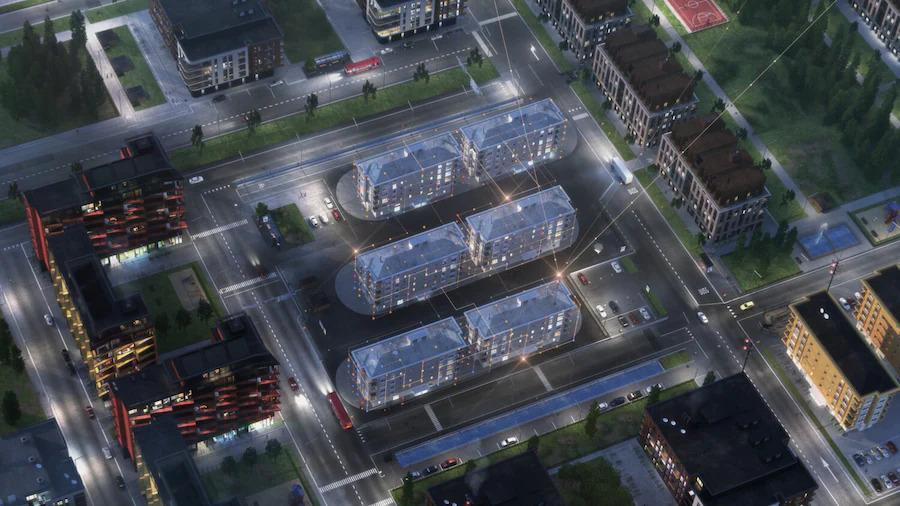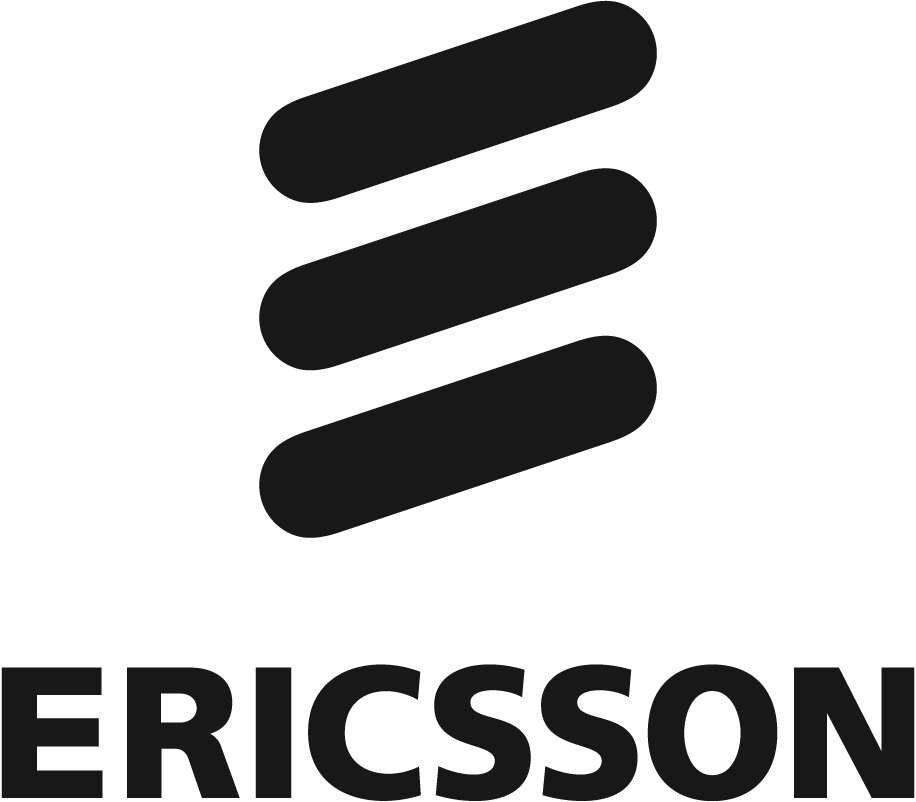Energy Efficiency of Buildings - The Pressure Is On!
By Jens Erler and Viktor Vitell

Originally published by Ericsson
The world around us is getting smarter and smarter. We see vehicles driving autonomously, drones fostering apple trees, body sensors surveilling our health status and many other clever IoT applications. However, one of the industry segments with a rather slow adaptation of smart solutions is the buildings sector, and this despite the fact that particularly the energy efficiency of buildings is a hot topic – for all good reasons:
- Collectively, buildings in the EU are responsible for 40% of our energy consumption and 36% of greenhouse gas emissions [1], which is not sustainable at all
- 75% of Europe’s buildings are not energy efficient today and it is forecasted that 95% of those buildings will still be in use 2050[1], which means particularly in times of energy crises, property owners are leaving a lot of money on the table
- To reach the overall EU objective of a 55% reduction in emissions by 2030, the building sector would need to reduce its own emissions by 60% [2], this couldn’t be more demanding
Europe is undergoing an energy crisis and many utility companies are falling back to fossil-based energy production in order to meet the demand. The call to action couldn’t be more vigorous, but capital, time and resources are limited. The million-dollar question is where to invest.
Where to invest – steel and concrete or IoT and AI?
The short answer is: Both!
The obvious way to address the above challenges is to improve building insulation, replace blowing windows, replace fossil-based heating systems with heat pumps and solar panels. Clearly, this is something that needs to be done, but let’s face it – you don’t do this overnight. The current energy renovation rate of building stocks in Europe is at 1%, and most of the global building stock that exists today will still exist in 2050. If the building sector shall reduce its carbon emissions by 60% until 2030, the energy renovation rate of Europe’s building stock needs to double – quite a challenge given the souring costs for building materials and the scarcity of resources in this industry.
As for so many industries, digitization offers another way forward to address challenges. Collecting all sorts of data related to indoor climate of a building, weather conditions outside the building, energy consumption and heating system performance, and analyzing & visualizing this data allows to create valuable insights into the energy performance of a building and furthermore to steer heating and cooling systems optimizing the building’s energy consumption and minimizing carbon emissions.
In this approach, value is not created through building insulation and the replacement of windows, but through leveraging IoT and AI-engines to collect & process building data. The technology is there, the investments needed are much smaller compared to mechanical construction, and results can be achieved much faster. But let’s also be clear: Smart building solutions are complementary to the energy renovation of buildings; they don’t replace it!
Reality is though that the building sector is a bit of a digitization laggard. The collection of data and visualizing it would not only be used to lower energy consumption, but also support decision making on where to invest and why. As of today, 80-90% of an organization’s data is unstructured. The needed data points to optimize energy efficiency (such as data on humidity, temperature, electricity consumption, building infrastructure etc.) that could be available and structured are often not. [3]
At the same time, only a few know or remember that pioneering work for smart buildings is rooting back to 1977 – which is the year where James Southerland, a young engineer at Westinghouse Electric did construct his ECHO IV (Electronic Computing Home Operator) computer. Besides proving control panels to steer alarm clock and TV, it did also allow to remote control a thermostat – quite forward-looking at this point in time! [4]
Back to today, let’s reflect a bit on the business value of building energy management.
Money talks – the business benefits of energy management
Data-driven reduction of energy consumption will very obviously reduce energy costs. Looking at larger, multi-tenant buildings and of course depending on the specific case, annual energy cost reductions in the range of 10%-15% are well achievable, particularly through reducing and more dynamic adapting the supply temperature of the heating system. This is a classical low-hanging fruit!
Another key aspect, and perhaps even more valuable to monitor, is the early detection of technical faults in heating systems. Typical problems are mal-functioning temperature sensors or servo motors of valves. Besides unnecessary energy costs, also follow-up repair or replacement costs for heating systems can be avoided. Remote detection & analysis helps to minimize onsite visits of service personnel and enables them to fix problems at the first visit.
From an owner perspective, property value is obviously of critical importance. Investment fonds are optimizing their property asset portfolios from an energy efficiency perspective. While highly energy-inefficient buildings run the risk of becoming stranded assets, investments into energy management and optimization can increase property value significantly.
A more detailed analysis of the business benefits and a related business value calculator can be found here.
As we can see, investments into data-driven energy management of buildings can generate substantial business value in a short timeframe and with limited investments. This will not eliminate the need for building energy renovations, but it allows to improve energy efficiency quickly. The data collected will furthermore provide insights where to invest in renovation to maximize the return of investment.
Conclusions and outlook
Smart building energy management has come a long way since James Southerland did construct his ECHO IV home computer in 1977, and the building segment has the clear potential to develop from digitization laggard to an innovation hotspot.
The concept of virtual sensors allows to aggregate and combine data from all sorts of sources without the need to install a physical sensor at each location.
Fed by an accelerating stream of data from physical and virtual sensors, it becomes more and more realistic to create comprehensive digital twins of building. Digital twins that don’t only represent the physical structures of buildings, but also all active operating technology as well as building usage. Energy efficiency is just one of many aspects in building management.
Machine learning and AI are the beginning of data-driven, intelligent buildings that can control themselves and continuously learn new patterns to self-optimize their operations.
Success in building automation has many enablers, ranging from AI-systems to sensors & actuators and last, but not least to IoT connectivity. The key to success also in this industry segment is the co-value creation in ecosystems to turn smart buildings into reality.
Learn more
Read and download our Connected Buildings study report.
Sources
[1] In focus: Energy efficiency in buildings, European Commission
[2] Greenhouse gas emissions from energy use in buildings in Europe, European Environment Agency
[4] The ECHO IV Home Computer: 50 Years Later, Computer History Museum

